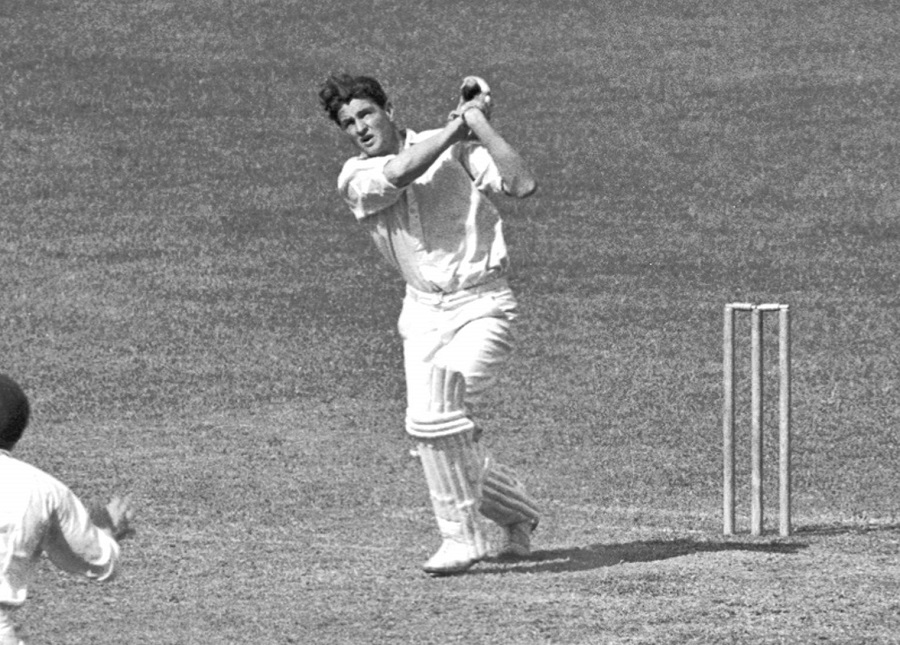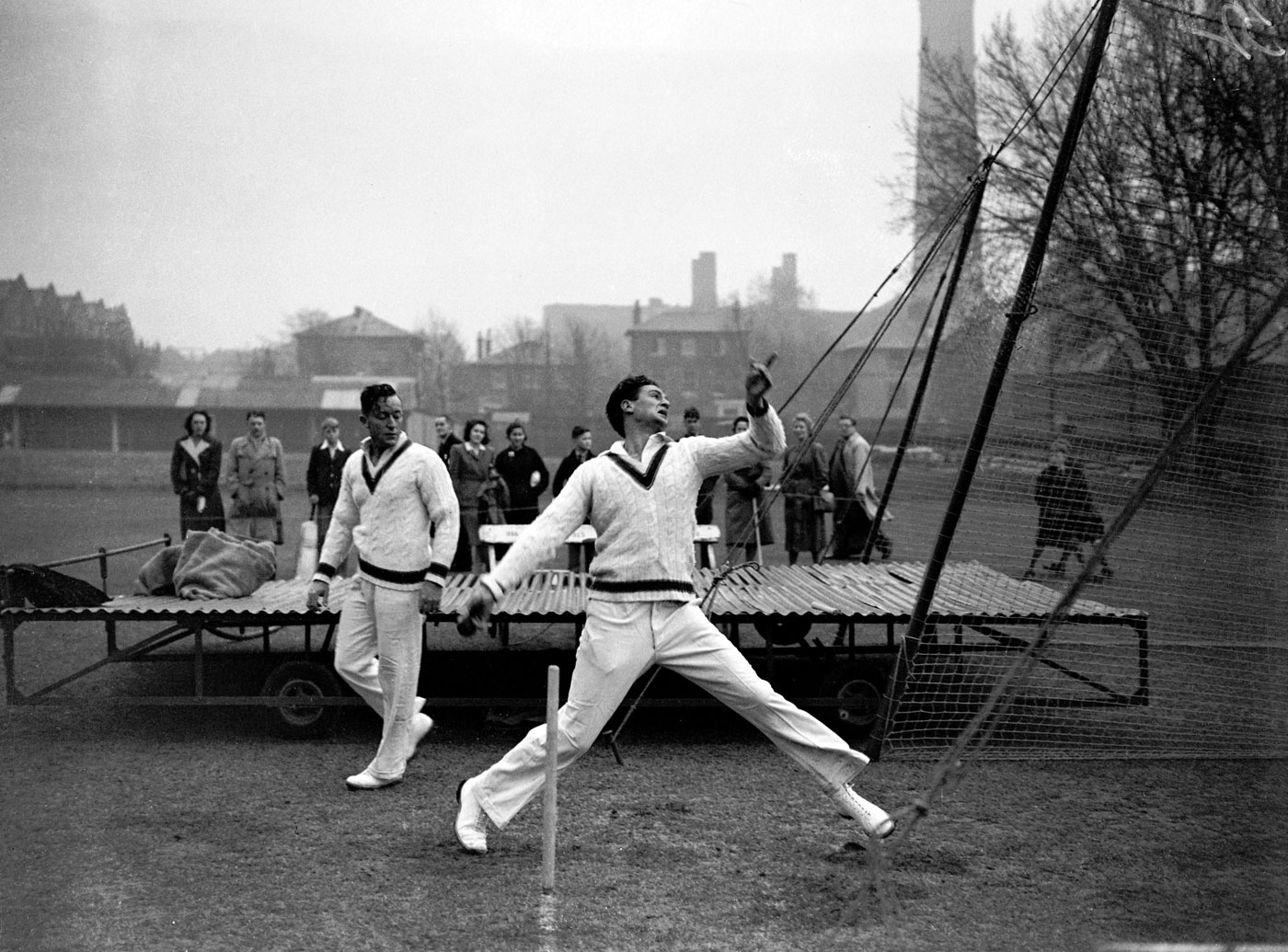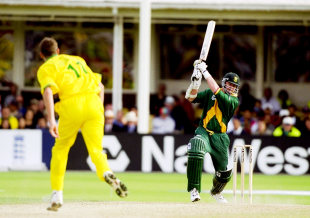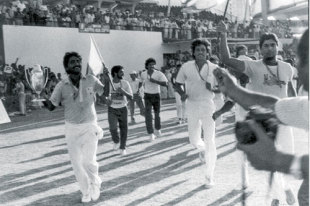Every reality show has at least one villain. In Indian Matchmaking, that villain is 34-year-old Aparna Shewakramani, a prospective bride who’s critical of every man she meets and vocal about disliking things like the beach, relaxing, and podcasts. Early on, she tells the camera she hasn’t regretted a decision she’s made since the age of three. In her finest moment, presented with a suitor with a sense of humor, she sighs: “You know how I hate comedy.”
In reality, Aparna’s probably not as insufferable as she seems. But her apparent unsuitability for the dating world makes her a perfect subject for Indian Matchmaking, which follows Mumbai–based matchmaker Sima Taparia as she tries to get every single and reasonably well-to-do Indian in her path married to a heterosexual partner of her, and their parents’, choosing.
Okay, I’m being a little flippant. As Sima and the show itself frequently remind us, arranged marriage is not quite the form of social control it used to be; everyone here emphasizes that they have the right to choose or refuse the matches presented to them. But as becomes especially clear when Sima works in India, that choice is frequently and rather roughly pressured by an anvil of social expectations and family duty.
In the most extreme case, a 25-year-old prospective groom named Akshay Jakhete is practically bullied by his mother, Preeti, into choosing a bride. Somehow, she claims, Akshay’s failure to choose a bride by the ripe old age of 25 is a disappointment to his parents, an obstacle to the conception of his older brother’s as yet nonexistent firstborn baby, even a drag on Preeti’s own physical health. She breaks out her home blood pressure monitor, telling him that her high numbers are a direct result of the stress he’s causing her. I’ve always thought of my mom as a champion of desi guilt, but Preeti really puts her to shame. (It should be said that despite all of this, Akshay says on the show that his ideal bride is “someone just like my mother.”)
Indian Matchmaking smartly reclaims and updates the arranged marriage myth for the 21st century, demystifying the process and revealing how much romance and heartache is baked into the process even when older adults are meddling every step of the way. But for me, at least, the show’s value is as a vibrant validation of how brutal the gauntlet of Indian matchmaking can be—a practice that begins with your parents’ friends and relatives gossiping about you as a teenager and only intensifies as you get older. Though these families use a matchmaker, the matching process is one the entire community and culture is invested in. In this context, romance is not a private matter; your love life is everyone’s business.
Let’s start by clearing up some terminology. Netflix’s unscripted show is called Indian Matchmaking, but it takes place both in India and America, with matchmaker Sima, based in Mumbai, flying back and forth as well as handling clients via FaceTime. The Indians and immigrants represented aren’t really a cross section of the country’s vast diversity: The show focuses almost entirely on upper-caste, well-to-do, North Indian Hindu families. (That’s also my background, so Indian Matchmaking is playing tennis in my backyard.) A few families show off a level of wealth that borders on obscene: At one point, Preeti pulls out a king’s ransom of precious jewelry, emeralds and diamonds and gold, and proudly brags that the display is just “20%” of what her future daughter-in-law will inherit on her wedding day.
Altogether, it’s a little alarming that Indian Matchmaking features not a single Muslim match, just one or two individuals with heritage from South India, and only one whom we could call low-caste, though the show takes pains to not present it so bluntly.
Director Smriti Mundhra told Jezebel that she pitched the show around Sima, who works with an exclusive set of clients. Perhaps that narrow focus expresses more about the stratification of Indian culture than it does about the producers’ biases—but Indian Matchmaking touches lightly on the culture that creates these biases. The most explicit it gets is with the story of event planner Nadia Jagessar, who tells the camera she’s struggled to find a match in the past because she’s Guyanese Indian. This is code for a number of conditions: Nadia’s family, originally Indian, immigrated to Guyana in the 1800s, along with a vast influx of indentured Indian labor shipped around the world after the British outlawed slavery. Many consider them low-caste, or not “really” Indian; there is a suspicion of their heritage being mixed, carrying with it the stigma of being tainted. Yet the show merely explains that for many Indian men, bright, bubbly, beautiful Nadia is not a suitable match.
The parents task Sima with following multiple stringent expectations. Some are understandably cultural, perhaps: A preference for a certain language or religion, or for astrological compatibility, which remains significant for many Hindus. Other preferences, though, are little more than discrimination. They demand that prospective brides be “slim,” “fair,” and “tall,” a ruthless standard for female beauty that’s also racialized—and while the demands are most exacting in India, they are not exclusive to the subcontinent. Houston–based Aparna, for example, euphemistically states her preference for a “North Indian”—which might sound innocent enough to the average listener, but to me sounded like just another way of saying light-skinned. In the final episode, a new participant, Richa, makes it explicit: “not too dark, you know, like fair-skinned.” As Mallika Rao writes at Vulture, it’s not exactly surprising, but whew.
Divorced clients are also subjected to particularly harsh judgment. Sima bluntly tells one fetching single mom, Rupam, that she would typically never take on a client like her. The options she finds for Rupam are pointedly, pathetically slim pickings; Rupam ends up leaving the matchmaking process after meeting a prospective match on Bumble instead.
In Delhi, Ankita Bansal’s story takes on multiple dimensions of exclusion and judgment. She’s both a career woman and one who doesn’t adhere to the Indian beauty standard; previous efforts to find a match have returned the feedback that she’s too independent or not attractive enough. Which is mind-boggling, because Ankita is gorgeous. But she’s also darker, curvier, and shorter than is ideal, and the fact that she started and runs her own company is a threat to men who are looking for a wife to run their household.
To Ankita’s credit, she rejects suggestions that she needs to change herself; she’s become a sort of heroine for Indian Matchmaking viewers, who cheer her for speaking out against this process’s constrictive standards while trying to find love. During her first date on the show, though, Ankita hits it off with a suitor only to have a meltdown, a few scenes later, upon learning that he’s divorced. Granted, some of the anxiety seems to stem from the matchmakers not informing her before their date that he had previously been married. But the failure of what was otherwise a charming first date goes toward illustrating how harsh the stigma can be in Indian matchmaking—and how discrimination cuts both ways.
What I want from Indian Matchmaking is probably impossible: Not just an exploration of arranged marriage, but a true reckoning with its limitations. Mundhra, the director, addressed some of these limitations in her 2017 documentary A Suitable Girl. But Indian Matchmaking turns the tradition’s hypocrisies and frailties into a carnivalesque background for individual stories to take place in front of. To a degree, that’s how it works for those of us who are in the culture; whether or not you participate, the expectations and biases of arranged marriage are always just an arm’s length away. But it’s charitable—outright propaganda, arguably—to frame it merely as a fun, silly circus of chattering parents and matchmakers with spreadsheets.
The proponents of arranged marriage are quick to point to India’s low divorce rate and various success stories—and undoubtedly, in the past and today, there are countless happy couples who were set up through some version of traditional matchmaking. But that doesn’t change the fact that arranged marriage is a family-sanctioned form of social control—a way for a community’s elders to enforce certain norms onto their children. Quite literally, it regulates reproduction by determining the bounds of their descendants’ gene pool. It diminishes the individual’s personal choice in favor of the collective’s stability.
To many young men and women looking to get married, that’s precisely the appeal: They love their families, and want to match with someone who will mesh with the religion, traditions, and values that they practice. As Sima says frequently in Indian Matchmaking, a wedding unites two families, so it’s only natural that the two families would have a say in what happens to their child. Yet this sunny view of arranged marriage glosses over a lot of potential complications, ranging from individual heartache and loss to the wholesale porting of familial dysfunction and despair from one generation to the next. The stigma around divorce is so high—the show does not dance around that, at least—that the choice of partner is typically permanent, regardless of how unsuitable a pair might be for each other. The combination of tradition and unhappiness can be extremely dangerous: In 2005, India’s large-scale National Family Health Survey found that over 37% of women in India had experienced some kind of physical or sexual spousal abuse. Beyond violence, women in India are often cut off from access to household funds, and are not permitted to make decisions up to and including family planning.
It is the great irony of a country that churns out love songs in its melodramatic Bollywood musicals, that turns weddings into three-, five-, or seven-day affairs: Indian marriage is frequently unhappy and unequal—less romantic, more another building block in a patriarchal society. Yet the passion for traditional arranged marriage is so intense that when couples marry outside the strictures of their familial norms, they may be disowned or ostracized. And as the show never even acknowledges, there is no place in arranged marriages—or much of traditional Indian society—for any sort of queer partnership.
This last detail might be why Pradhyuman Maloo, a self-described “rich pretty boy,” is both one of the show’s more loathsome characters and possibly one of its heroes. His well-connected family is eager for him to get married; a bevy of dark-skinned service staff hover out of frame in every scene. He’s a professional jewelry designer and enthusiastic amateur chef, with impeccable hair in every scene. Pradhyuman has reportedly been offered more than 150 proposals from eligible girls, and has turned every single one down. On one hand, he seems like a self-centered asshole—at one point, he tells his sister he feels deep love only for himself. On the other hand, you wish someone on the show would simply ask him if he’s even interested in women.
Irony isn’t dead: None of the participants in Indian Matchmaking found a spouse on the show. The eight-episode first season doesn’t end so much as run out of time—but there’s plenty of room for a season two, if Netflix wants one.
In the meantime, I’m left with my own thoughts. My parents had an arranged marriage, and it has been an unhappy one. I decided at a young age I wouldn’t go through the same process, with all the confidence and American privilege only a five year old can have. Neither my refusal nor their own unhappiness stopped my parents from trying to set me up—more and more feverishly as I passed 30 and still hadn’t “settled down,” as they put it.
It wasn’t just them—it was everyone. I wore high heels and a sari to a pre-event for a cousin’s wedding in India and got a marriage proposal by the end of the day, from another guest who had a relative in America. My cousin told me I should have expected it because I wore clothes that looked so adult. I was barely 22. An American college student has no context for marriage proposals from complete strangers; I didn’t even know how to talk about this phenomenon with friends. I just did my best to ignore it.
At a low point for all of us, my mom made a profile for me on shaadi.com, a popular matchmaking site for Indians abroad. I was a little astounded to find not only was she messaging potential suitors—“everyone does it for their kids,” she informed me—but that she’d also radically altered my physical type for the website; I had grown a couple of inches taller and lost 30 pounds. Weight came up again and again in this world. I grudgingly went on a date organized by my mom’s cousin, only to discover after we decidedly had no sparks that the guy I met had to be talked into meeting someone who weighed more than 125 pounds.
I did get married; my matchmaker was Tinder, and to my delight, my husband satisfies none of the search criteria my mother put into the shaadi.com search engine. I’m lucky that my parents came around to having a white son-in-law, and I know that if he were Black, Muslim, or low-caste, it would have been a much harder path to acceptance. He and I watched Indian Matchmaking together, and though the show has its limitations, I am grateful that it offered him a window into the pressures I grew up with. (He says while he would like to end up with me in “all possible timelines,” he would also pay good money to see me on the show.)
My parents have split up now, which is still incredibly uncommon, even in the Indian diaspora. But it interested me that in Indian Matchmaking, two different participants have parents who divorced: Aparna’s one, and a charming, nerdy guy named Vyasar Ganesan is the other. Even where the arranged marriage model hasn’t worked, the appetite for it is outsized.
Indian culture makes marriage so central to society—and so vital to an individual’s path—that it tends to ignore the potential downsides. The people who don’t fit into tradition’s methodology get sifted out, left not just without a picture-perfect marriage but without the acceptance and cultural identity that accompany it. I know that by opting out of the arranged marriage pathway, I have made it much harder for my future child to speak the language or practice the religious traditions of my ancestors; he’ll have to navigate the annoying cultural straddling of being from many places at once. It was the right choice for me, but it’s a hard thing to live with. The price of belonging to an Indian culture is to leave some of your individuality behind—and for me, at least, it was a price I was not willing to pay.
By the end, Aparna became a tragic figure for me. When we see her at home—dressed in outfits that seem identical to her mother’s, pushing her two tiny dogs in a stroller—she looks like an oversize little girl. There’s something so sad about her narrow ideas of what her future partner should be like; it reflects how little latitude she allows herself in her own life. Her mother, Jotika, is another meme-able figure: The production cuts together a proclamation that all she wants for her daughter is happiness and a serious monologue, directed at the camera, about how “all” she asked of her daughters is to never make her look bad and to get not just one or two degrees, but “nothing less than three.” A few episodes later, Aparna tells a suitor that she hates being a lawyer, and has been trying to do something else for years.
The tradition in India and the Indian diaspora seems to be less about marriage and more about this intense, all-consuming pressure to mold your children. Nothing seems to fuel the marriage complex more than the fear of social stigma, of being somehow outside, somehow othered. In this context, it’s no wonder that matchmaking brings out the worst colorism, casteism, and classism that Indians have to offer. I wish Indian Matchmaking said anything about that. But at least it gives the world a view into the false promise of arranged marriage, even if, by the end, the series is still starry-eyed, committed to a fantasy. Aparna, my parents, all of the frantic parents who catch Sima’s wrist at a party and whisper biodata into her ear; they just want what was promised. They just want to belong.








